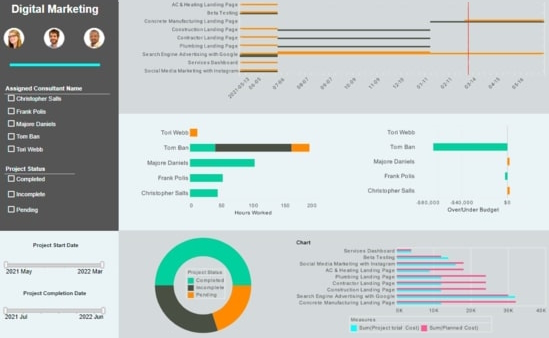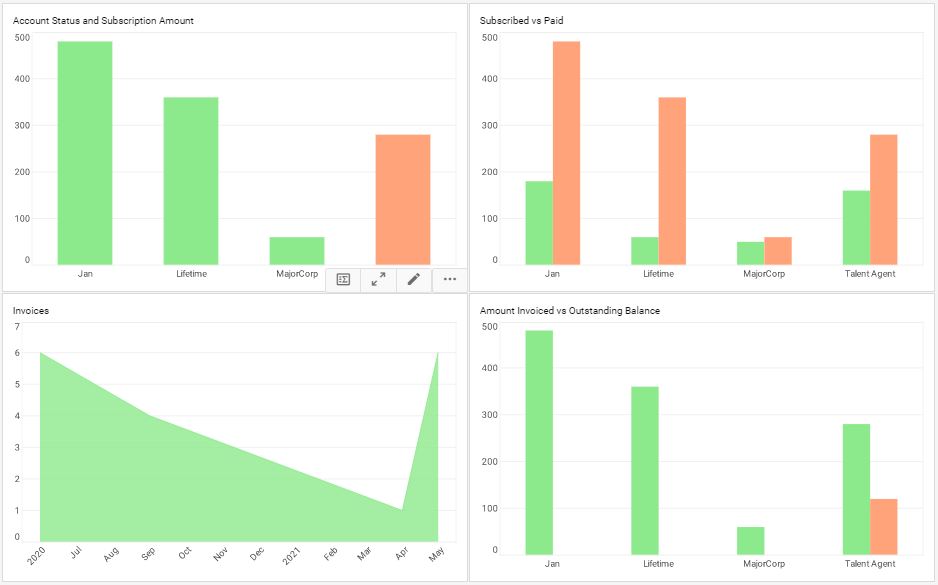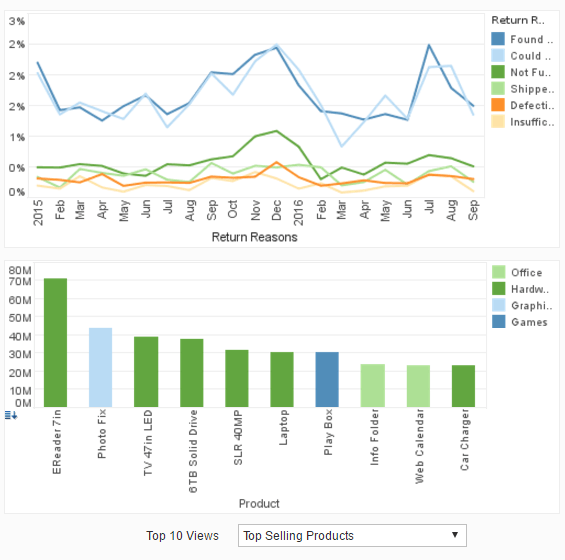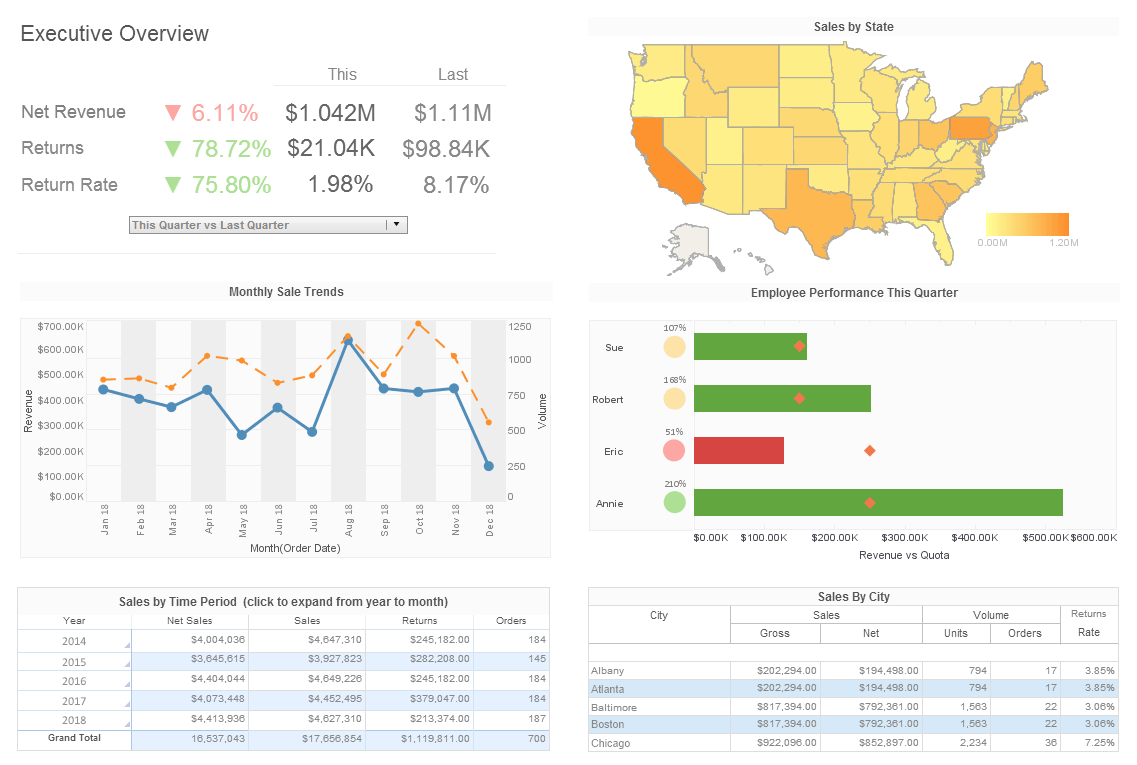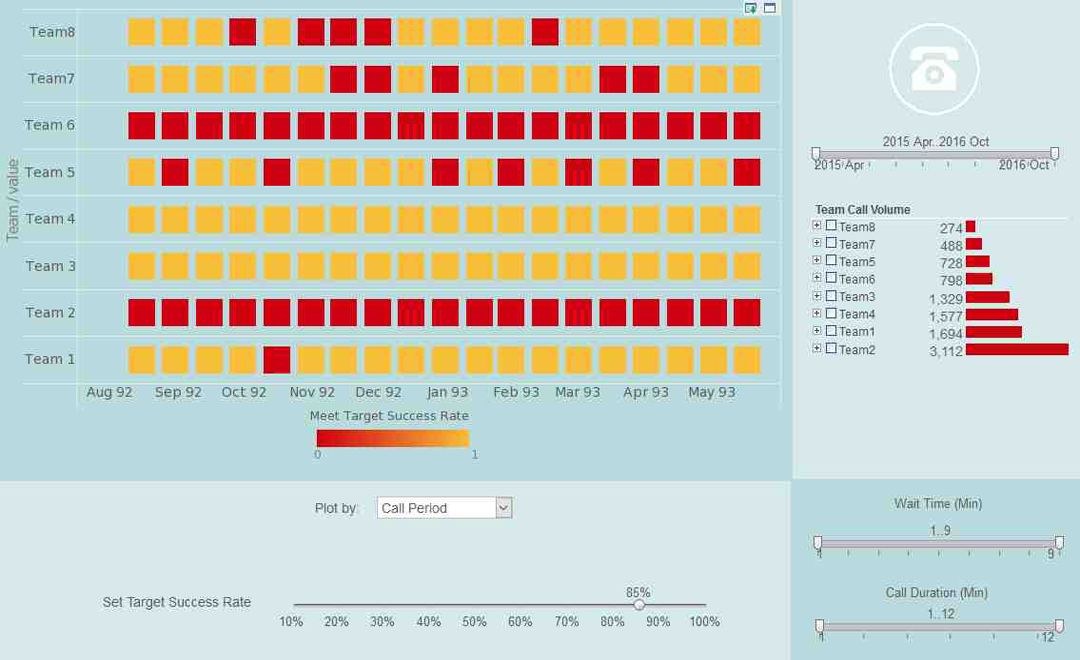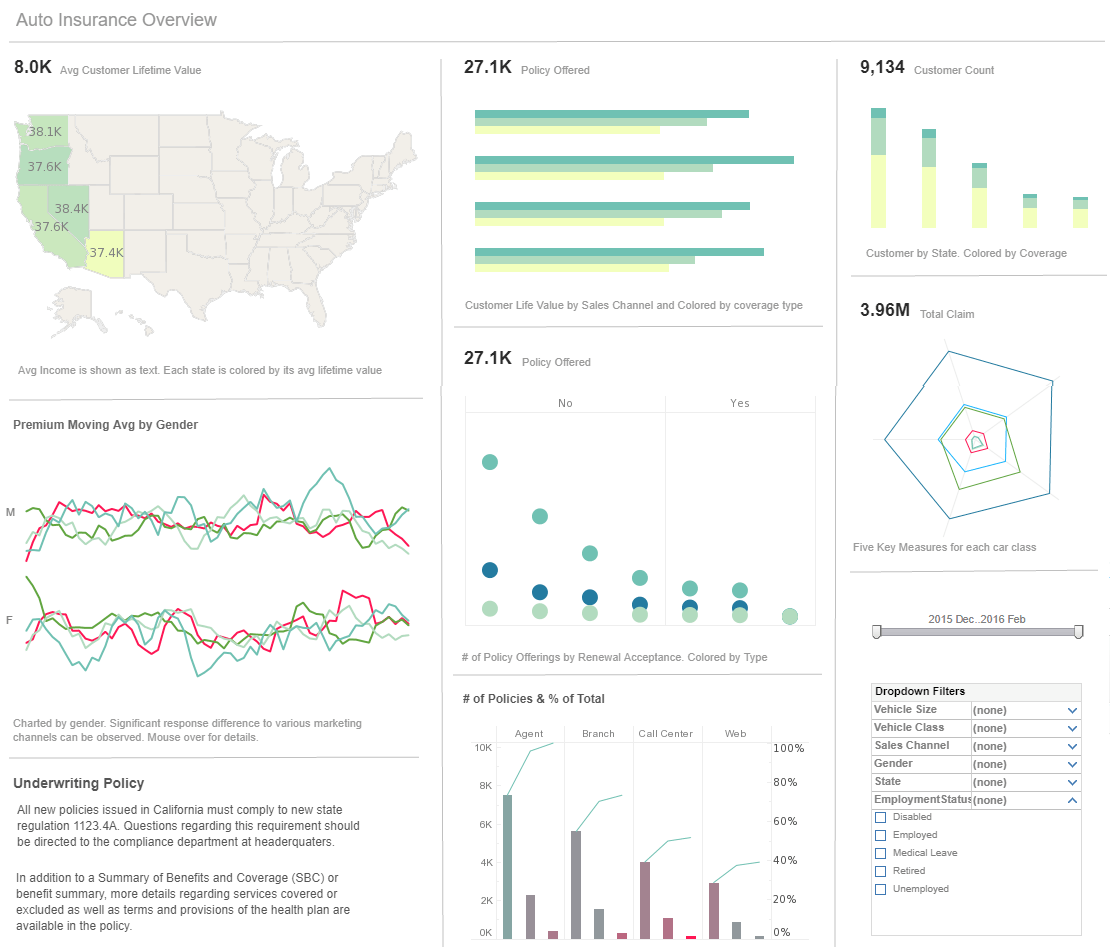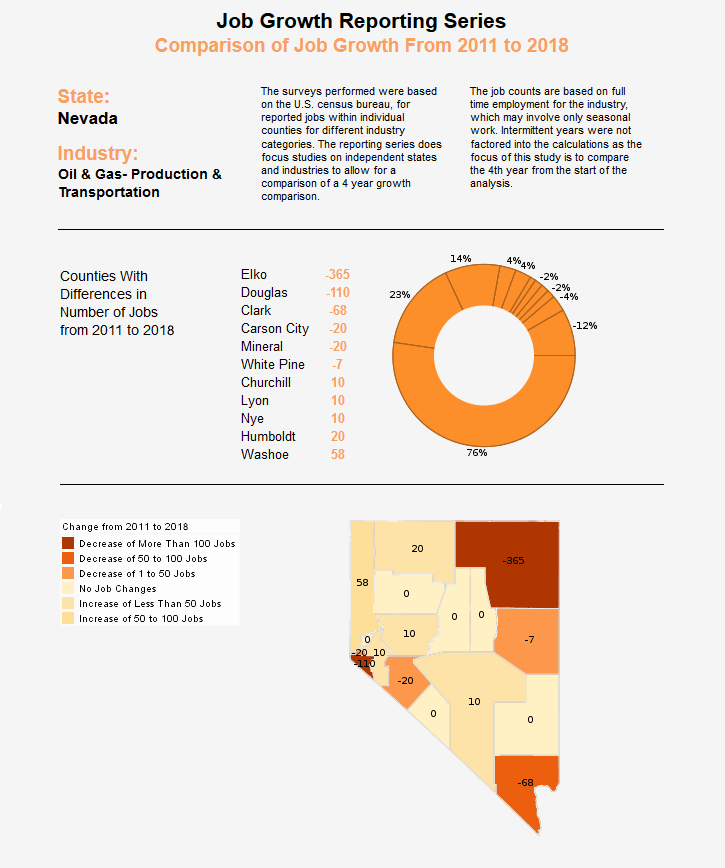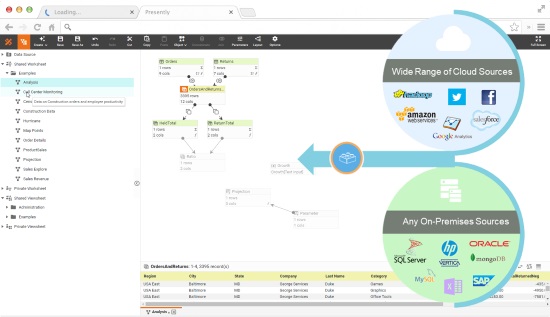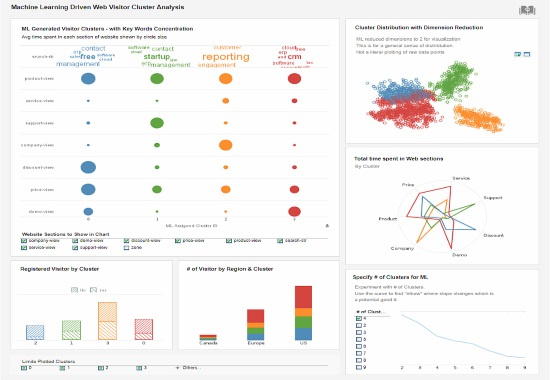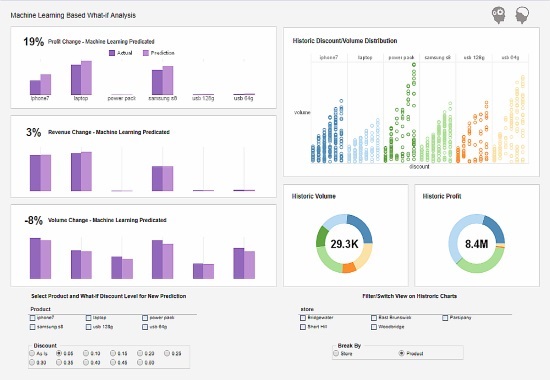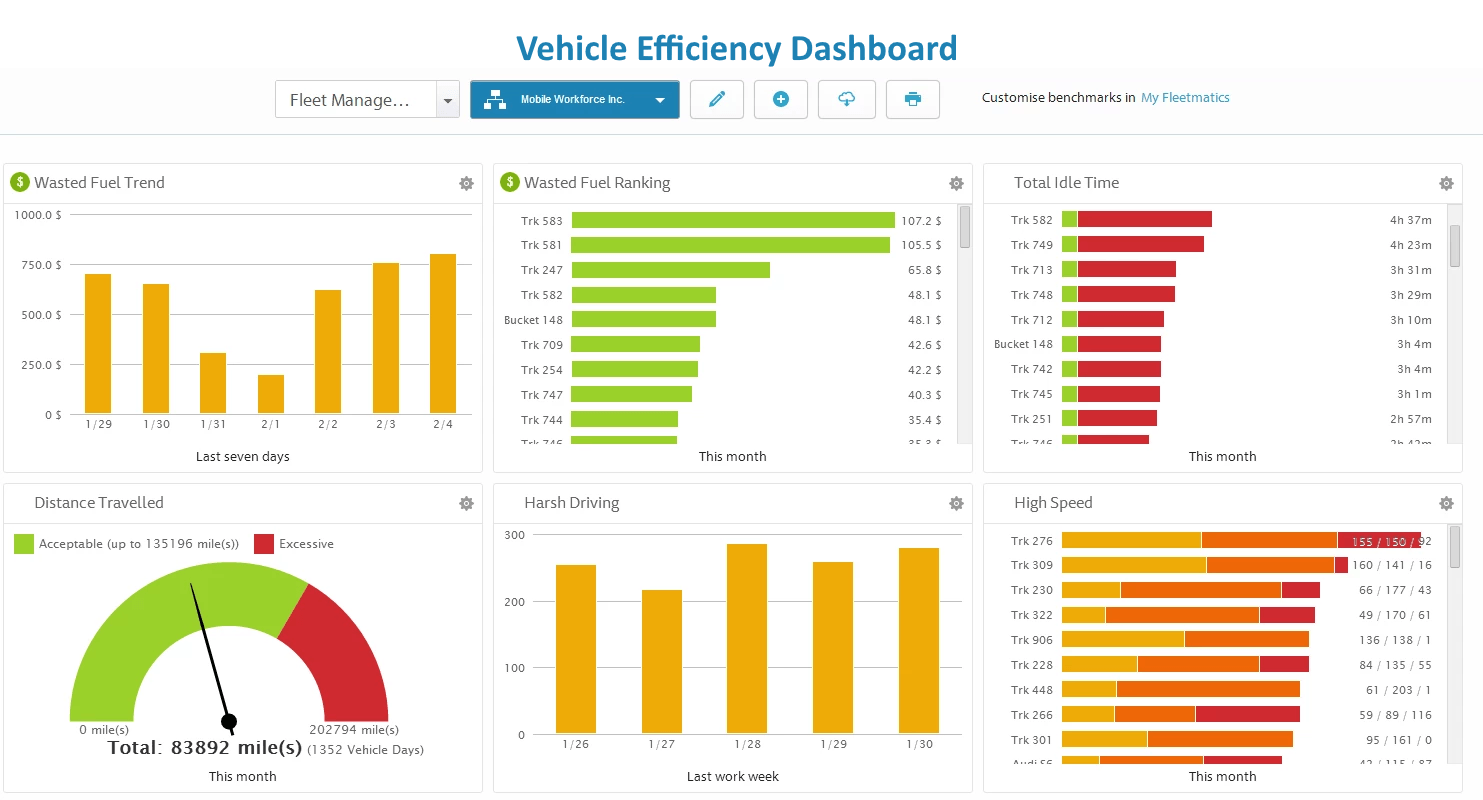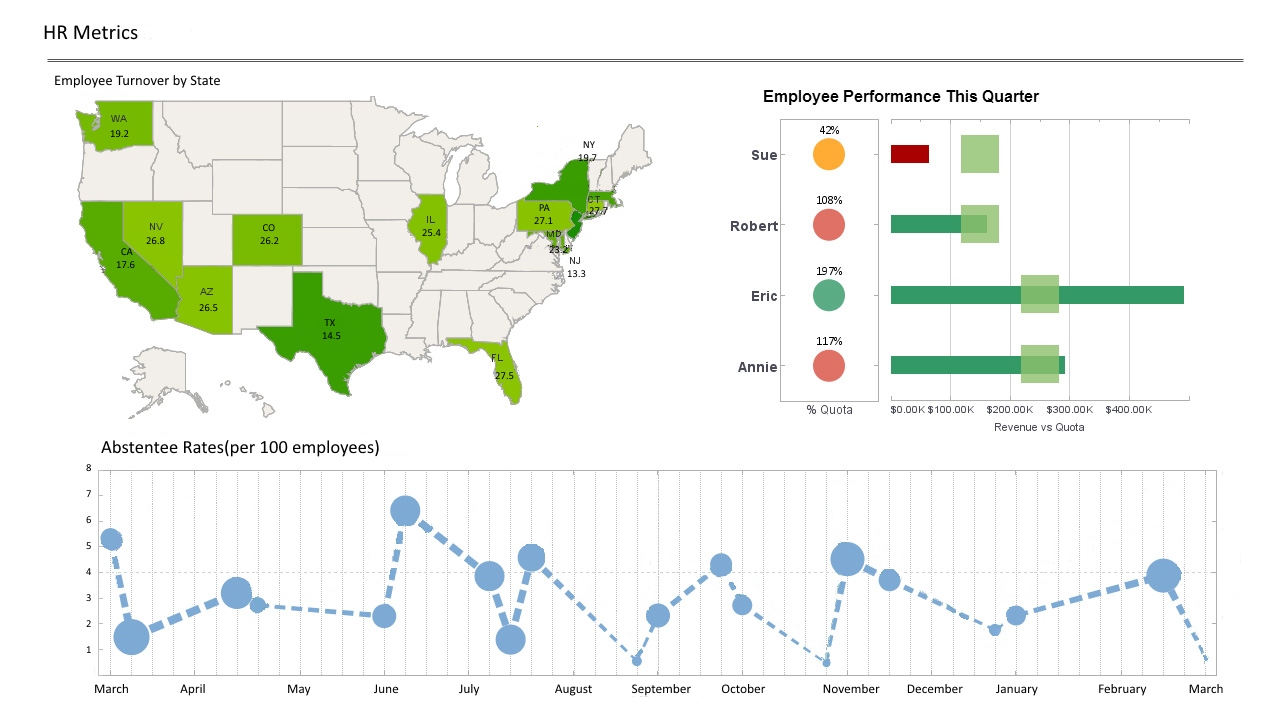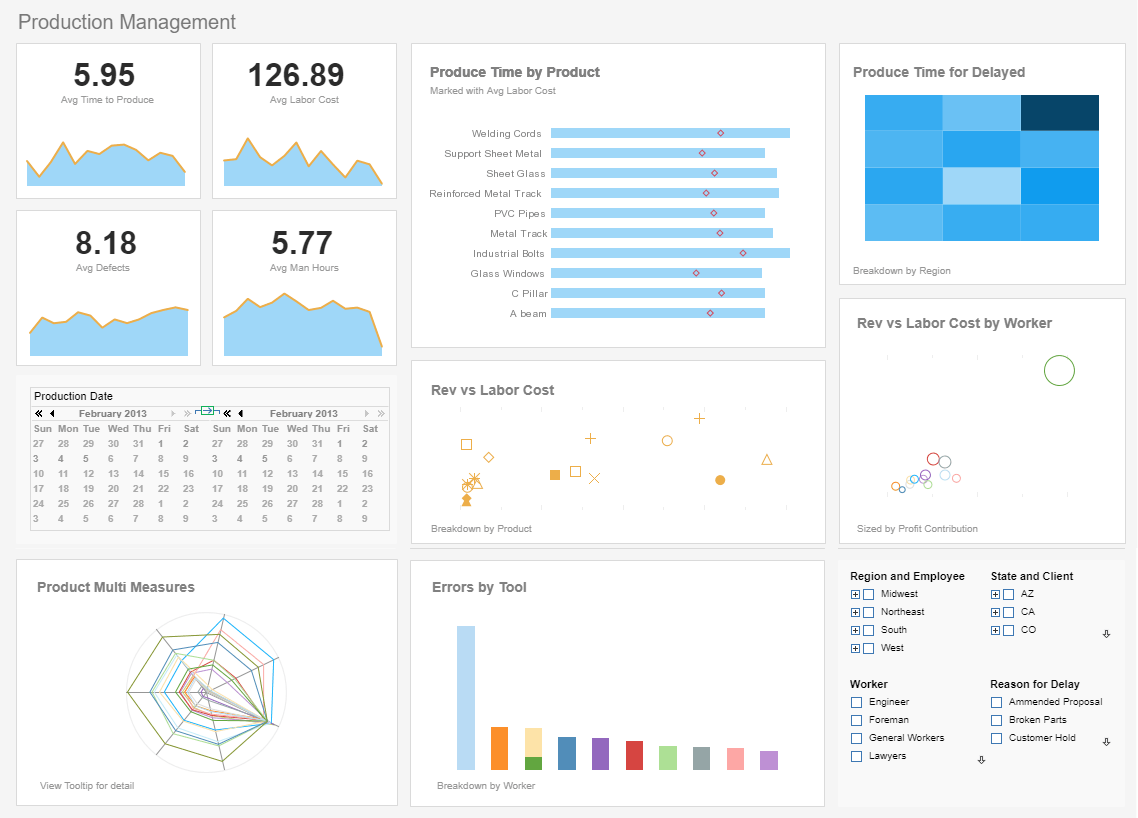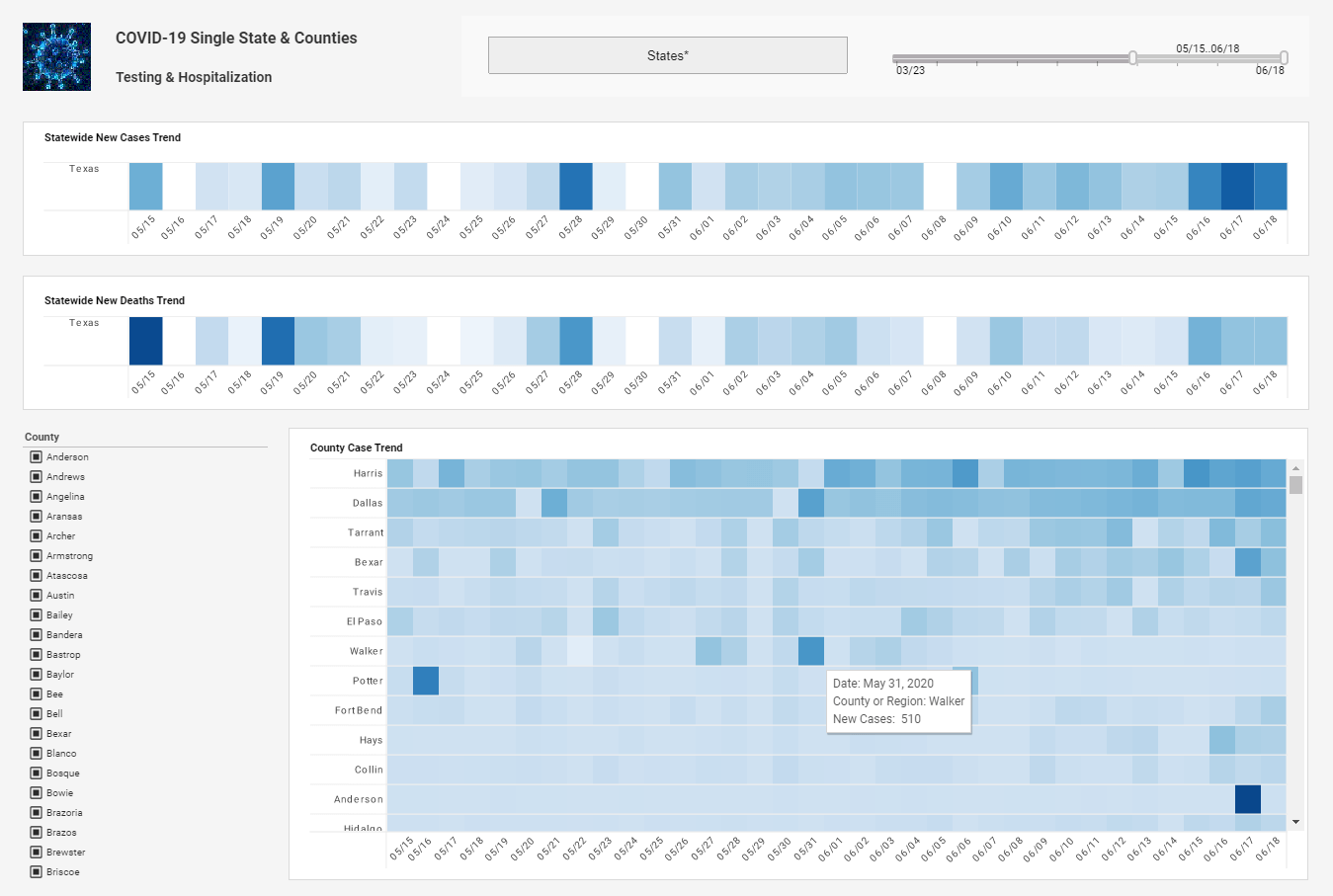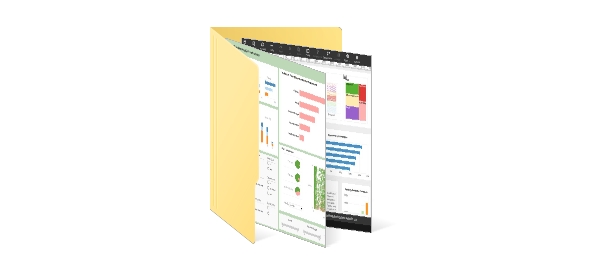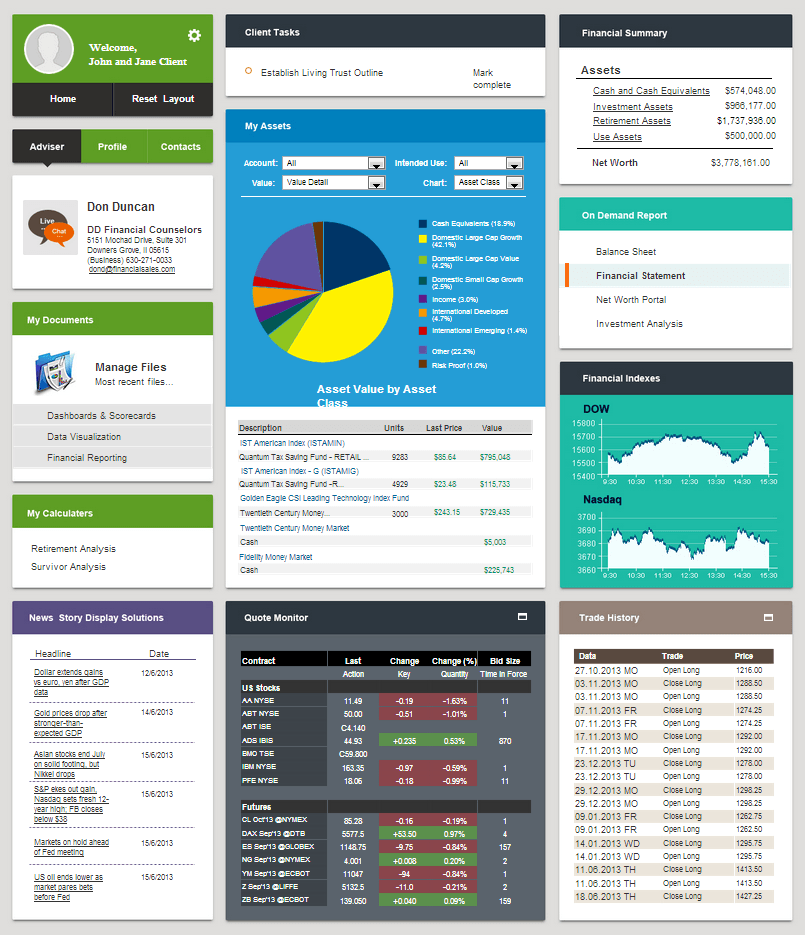The Top 14 Analytics Software Features in 2025
Data analysis involves the collection, synchronization, archival, and presentation of information (InetSoft para.3). Organizations require effective data analytics tools to enhance decision making, improve consumer relations and increase their competitiveness.
The effectiveness of data analysis tools depends upon additional features incorporated into their design as a means of enhancing their various uses. The following is a list of the top 14 analytics software features to consider:
Estimated Reading Time: 12 minutes
| #1 Ranking: Read how InetSoft was rated #1 for user adoption in G2's user survey-based index | Read More |
Governability
Governability is a data analytics feature that ensures that the decisions made in an organization promote the quality, security, and integrity of data. With this feature in place, an organization is capable of complying with data security and privacy regulations in a manner that encourages the implementation of internal data standards (Information Resources Management Association 1129). For instance, during the construction of analytics frameworks, an organization has an obligation to track the origin and properties of the various data sets required. In this regard, the governability feature of analytics software enables the organization to detect latent biases within such data sets that have the potential to alter expected results.
The importance of a governability feature is seen in cases where an organization has to make decisions based on sensitive data like insurance policy records without violating any privacy regulations put in place.
 |
Read the top 10 reasons for selecting InetSoft as your BI partner. |
Manageability
The manageability of data analytics software is another feature that enhances the efficiency of such tools. The continuity and standardization of data documentation require analytics software to have an effective data management platform (Shalin 134). Examples of such platforms include Adobe, Cloudera, and Salesforce DMP. When these platforms are integrated within analytics software, an organization is able to build specific data profiles for informed decision-making.
The need to develop data profiles is brought about by the volume and variety of information that enterprises encounter in their day-to-day operations. Information management platforms enable an organization to harmonize big data by developing data profiles. As a result, data visibility is improved thereby enhancing their access for prompt decision making. For this reason, analytics software is being engineered to promote manageability by integrating features such as push notifications which alert system users of decisions taken by an organization.
Scalability
Big data presents decision-makers in an organization with a broad range of problems that require solutions for the enterprise's sound operation. To handle increasingly large amounts of data, data analytics software must be scalable (Svolba, 122). Scalability, in this regard, is a feature of analytics software that involves the tool's ability to increase its data handling capacity. Consider a scenario where an enterprise needs short term workers. Such an organization will have to scale its analytics software to accommodate the functionalities of an expanded payroll system. Scalability implies that when the company no longer requires casual laborers, they can readjust the payroll framework.
Analytics software scalability promotes a seamless user experience without incurring the effects of system downtime. In addition, an enterprise whose analytics software is scalable often increases its rates of customer retention, which ultimately translates to an increased flow of revenue.
 |
Read the latest news about InetSoft's user friendly BI software and customer successes. |
